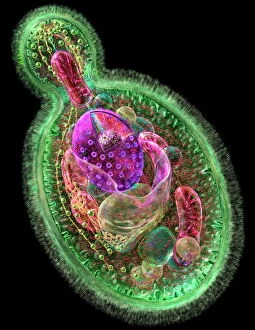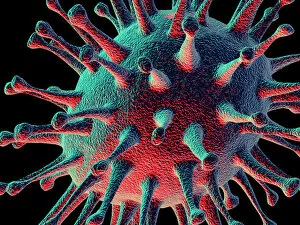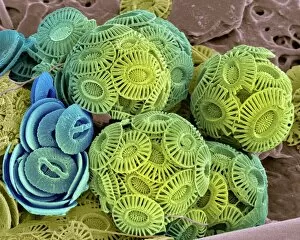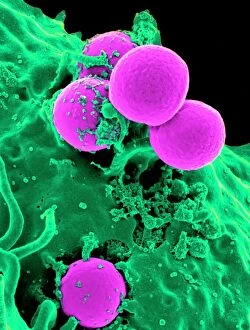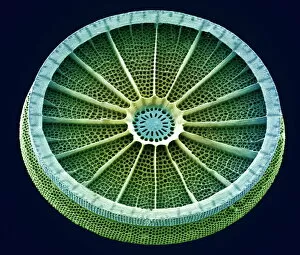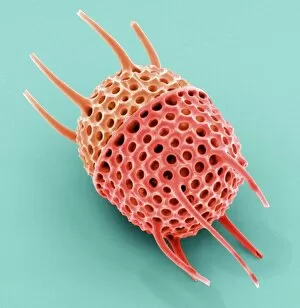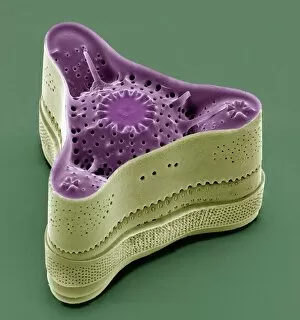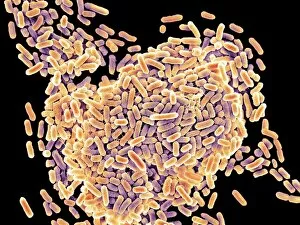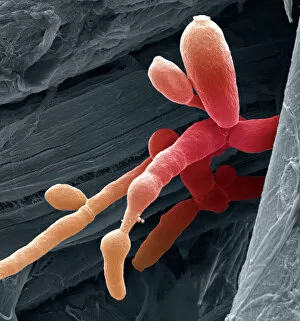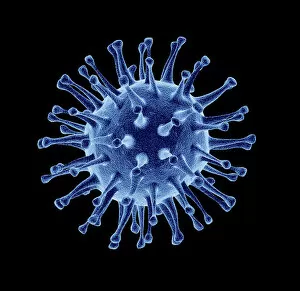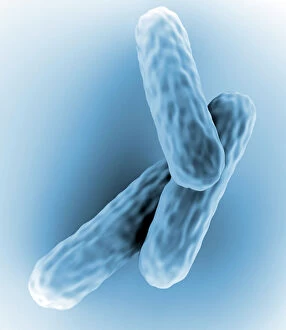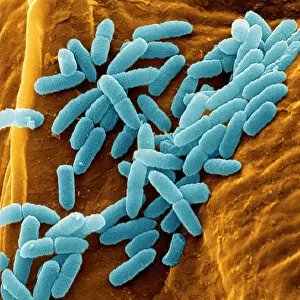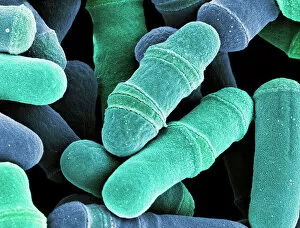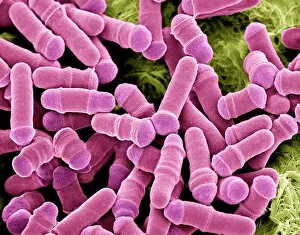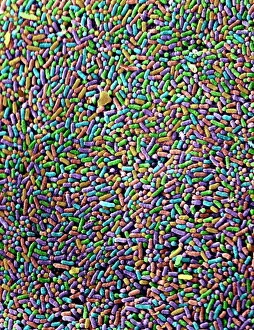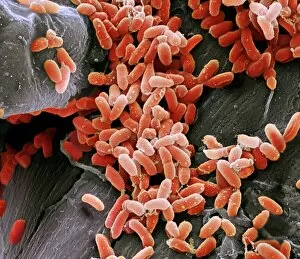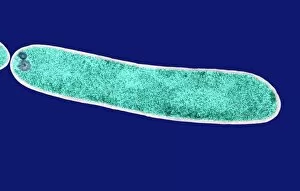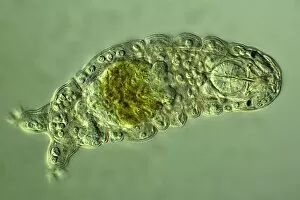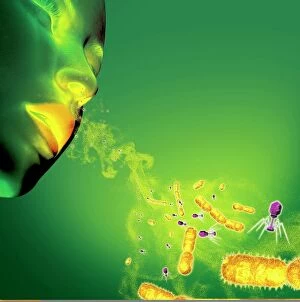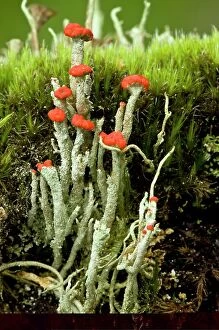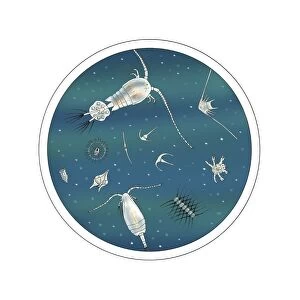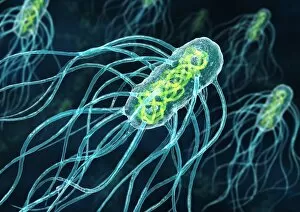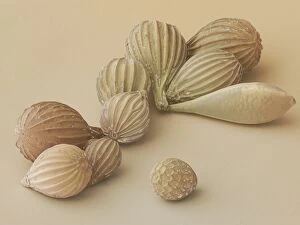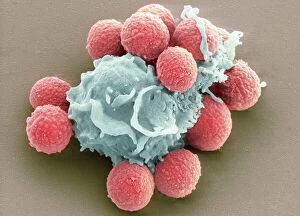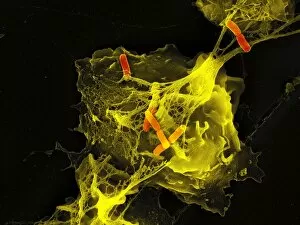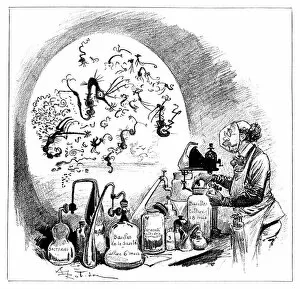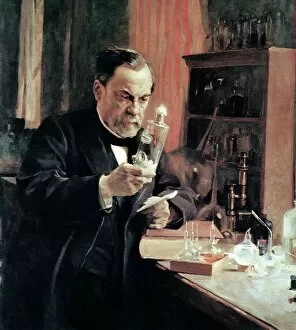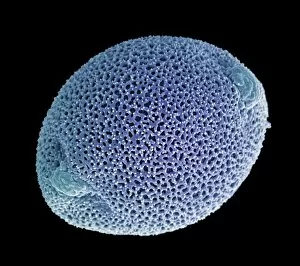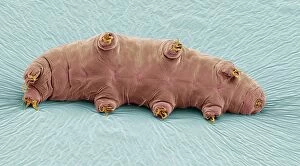Microbiological Collection
Microbiological wonders unfold in this captivating collection of images
All Professionally Made to Order for Quick Shipping
Microbiological wonders unfold in this captivating collection of images. From the delicate budding yeast cell to the intricate calcareous phytoplankton, every specimen reveals the beauty and complexity of the microscopic world. The avian flu virus, with its menacing structure, serves as a reminder of nature's power. Meanwhile, a neutrophil engulfing MRSA showcases our immune system's remarkable defense mechanisms. E. Coli and Salmonella bacteria take center stage under the scanning electron microscope, their distinct shapes and patterns mesmerizing to behold. Diatoms enchant with their ornate structures, resembling tiny jewels adorning aquatic landscapes. Intriguingly diverse forms continue to amaze as we encounter Candida fungus in all its textured glory. The HIV particle appears both mysterious and formidable—a silent invader that has challenged humanity for decades. Artistic renditions depict various cell types, offering a visual representation of life at its most fundamental level. Finally, historical diagrams showcasing anthrax cultures remind us of our ongoing battle against infectious diseases throughout history. These microbiological glimpses invite us into an unseen realm teeming with lifeforms that shape our world in ways we may never fully comprehend.

